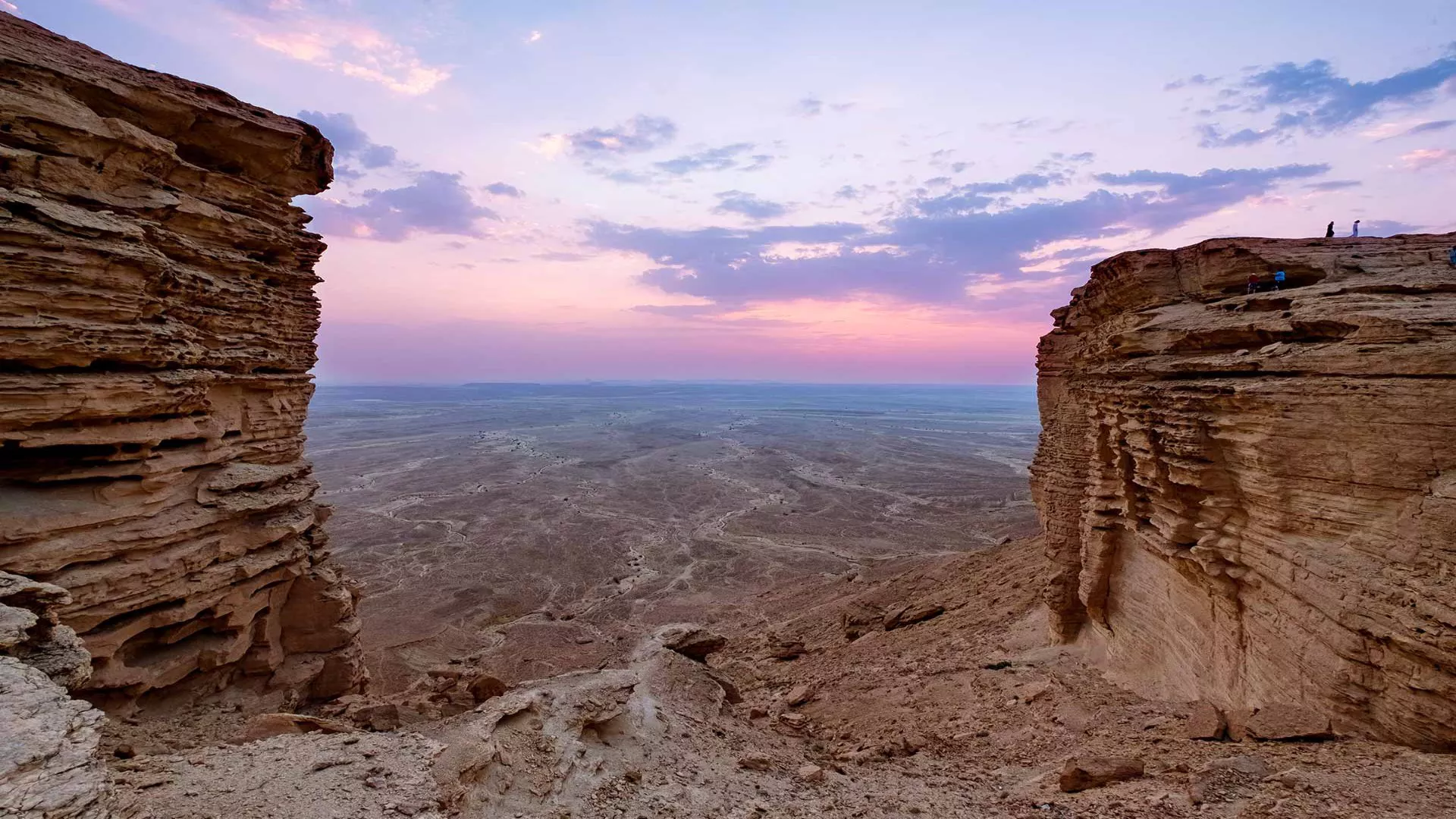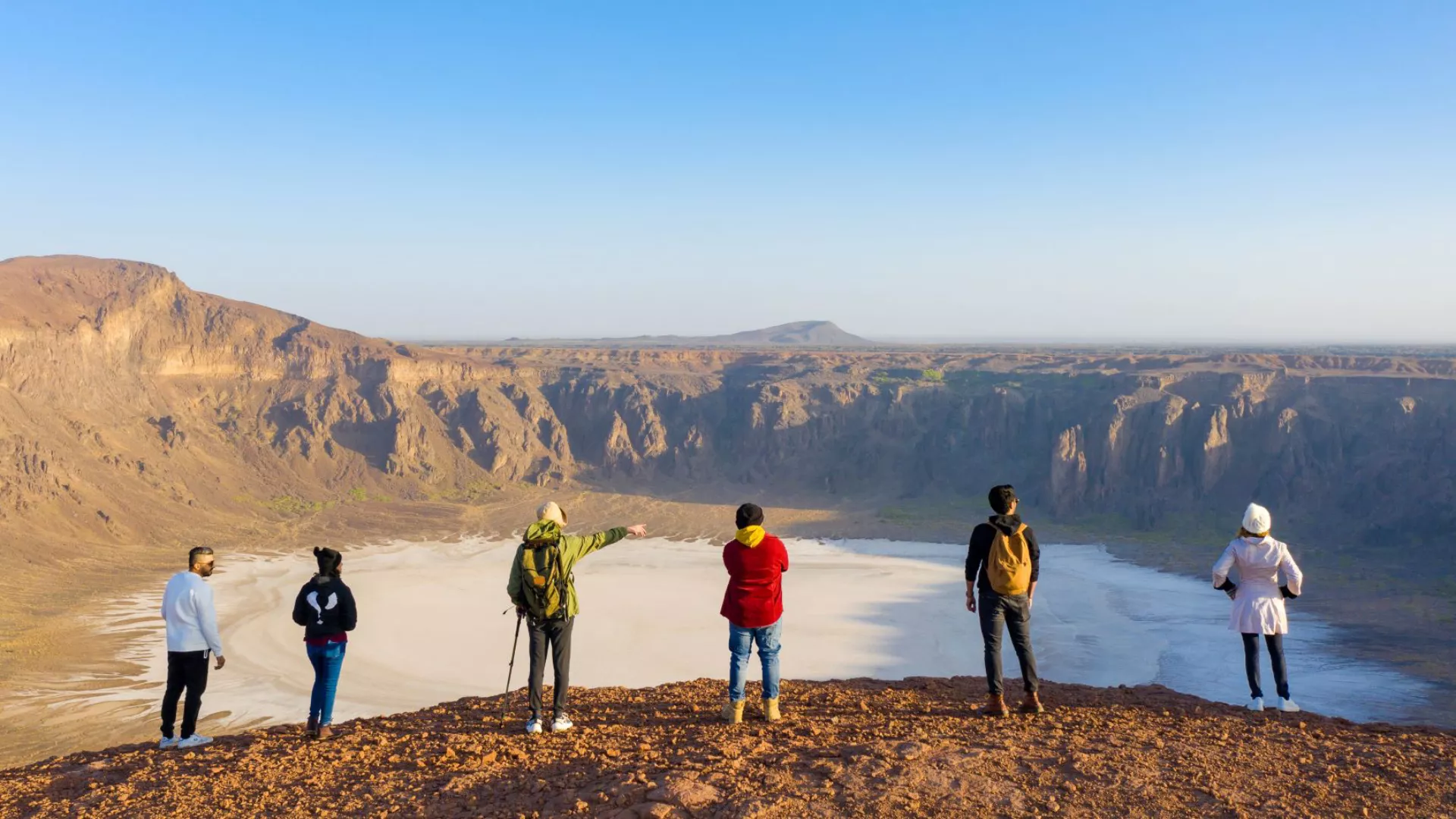Middle East
The Middle East, situated at the crossroads of Europe, Asia, and Africa, is a region of immense historical, cultural, and geopolitical importance. Its landscapes vary from deserts to mountains, and its languages and religions are diverse, reflecting a rich tapestry of civilizations both ancient a
View Middle East Tours →Countries










Russia
the largest and probably most diverse country in the world, Russia offers an an extraordinary variety of travel options: one can visit the political and cultural centers of Moscow and Saint Petersburg or take a trip along the medieval Golden Ring full of history and legends of Russia's past; or
View Russia Tours →Countries


Halal Sites
Lorem ipsum dolor sit amet consectetur adipisicing elit. Deserunt, iste quidem nostrum laudantium quos itaque reprehenderit incidunt optio, eveniet rerum eius veniam error odit neque libero eum! Nam, atque enim!
Explore more about Halal SitesChristian and Biblical Sites
Lorem ipsum dolor sit amet consectetur adipisicing elit. Deserunt, iste quidem nostrum laudantium quos itaque reprehenderit incidunt optio, eveniet rerum eius veniam error odit neque libero eum! Nam, atque enim!
Explore more about Christian and Biblical SitesBeirut
Map
Landmarks & Attractions
Activities & Experiences

EDGE OF THE WORLD
0 USD

RED SAND RIYADH
0.00

AL ASFAR LAKE
0.00

WAHBA CRATER TAIF
0.00

Guided Tours
 8
days
8
days
 1 Country
1 Country
 11
days
11
days
 3 Countries
3 Countries
 7
days
7
days
 1 Country
1 Country

Make An Inquiry
Phone or email us. We’re here to assist you.

Request A Callback
We’ll give you a call to help kickstart the planning for your next holiday.

Start Booking
Start your booking now once you find what you’re looking for.

Newsletter
Subscribe to our newsletter for updates and special offers.

